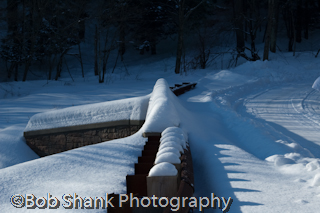My college photography professor was rarely satisfied with the photographs we brought in for our assignments. There was always something he suggested we could have done better. A different angle, a deeper depth of focus, a less busy background, or being too far away were all lessons we learned throughout the semester.
Get closer. This is probably the one I remember the most. I have since heard someone put this advice this way: Get closer, and then get closer again. When you think you are close enough, get even closer.
Far too many photographs are too busy. Instead of drawing the viewer’s eye into a pleasing scene, they force the viewer’s eye to dart this way and that while the observer is left wondering, “What is the subject of this photo?”
Moving in closer helps to avoid distracting backgrounds by keeping them out of the frame. Getting closer also provides more detail in the main subject. This is where zoom lenses can be helpful, but don’t forget, you can walk closer to a subject, too.
Here is a challenge for you the next time you are out with your camera. Take a photo as your normally would. Then move closer and taking another shot. Move even closer and snap another photo. Now, finally, move closer yet and release the shutter again. Now, back at your computer, compare all four photos and see what you think. Did you get close enough? How are the photos different? Which one is more pleasing to your eye?
